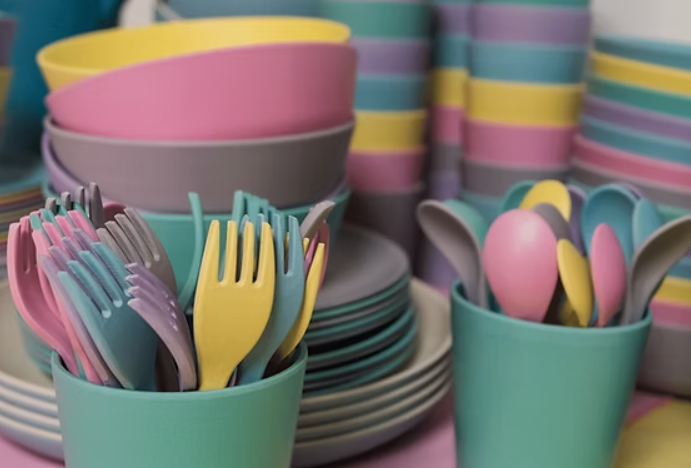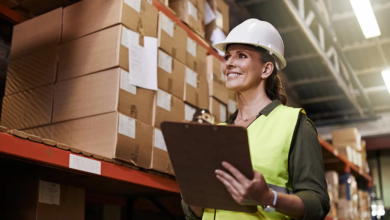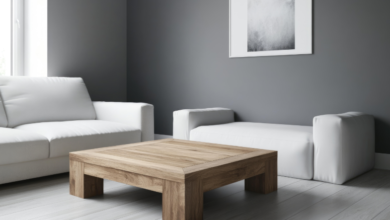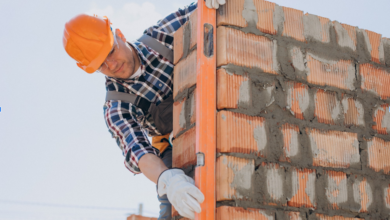Wheat Straw vs Bamboo Plates: Which Eco-Friendly Option Is Better?

As environmental concerns become increasingly urgent, individuals and businesses alike are turning to sustainable alternatives for everyday products—especially when it comes to disposable tableware. Two popular options in the eco-friendly space are wheat straw plates and bamboo plates. Both are biodegradable, renewable, and far superior to traditional plastic or Styrofoam. But which one is truly the better choice?
In this article, we’ll break down the key differences, advantages, and ideal use cases for wheat straw vs bamboo plates. Whether you’re planning a zero-waste event or sourcing sustainable tableware for your business, understanding these materials can help you make an informed and eco-conscious decision.
Looking for reliable, eco-friendly tableware? Explore AnzhuCraft — a trusted source for sustainable bamboo, wood, and paper products.
What Are Wheat Straw Plates?
Wheat straw plates are made from the leftover stalks of wheat plants, which remain after the grain has been harvested. Instead of burning this agricultural waste, it’s repurposed into usable, compostable materials.
Key Features:
. Lightweight yet durable
. Microwave and freezer safe
. BPA-free and biodegradable
. Often mixed with food-safe polymers for added strength
These plates are popular for casual settings, school lunches, and lightweight catering solutions.
See also: The Key Factors to Consider in Home Window Replacement
What Are Bamboo Plates?
Bamboo plates are crafted from one of the world’s fastest-growing and most renewable resources: bamboo. Known for its natural strength and aesthetic appeal, bamboo is often used for both disposable and reusable dishware.
Key Features:
. Naturally anti-bacterial
. Durable and stylish
. Biodegradable and compostable
. Often more rigid than wheat straw options
They’re commonly used at weddings, upscale picnics, eco-conscious restaurants, and home gatherings.
Wheat Straw vs Bamboo Plates: A Comparison
| Feature | Wheat Straw Plates | Bamboo Plates |
| Material Source | Agricultural byproduct (wheat stalks) | Renewable plant (bamboo grass) |
| Durability | Moderate (can bend under pressure) | High (strong and rigid) |
| Aesthetic Appeal | Simple and uniform | Natural and elegant grain |
| Cost | Generally lower | Slightly higher due to durability |
| Biodegradability | Yes, often within 3-6 months | Yes, typically within 4-8 months |
| Heat Resistance | Microwave safe (up to ~120°C) | Heat-resistant, but not for ovens |
| Best Use Cases | Everyday use, schools, fast service | Weddings, restaurants, upscale events |
Which Should You Choose?
The decision between wheat straw and bamboo plates depends on your needs:
. For budget-friendly, high-volume needs (like cafeterias or office events): wheat straw plates are a great choice.
. For aesthetics, strength, and formal occasions: bamboo plates offer a more luxurious presentation and feel.
. For eco-conscious businesses that want to make a bold sustainability statement: bamboo products add value both functionally and visually.
In both cases, you’re making an environmentally responsible choice.
Environmental Benefits of Using Eco-Friendly Plates
- Reduces Plastic Waste: Unlike traditional disposable plates, bamboo and wheat straw products don’t contribute to long-term pollution.
- Supports Circular Economy: These materials are compostable and biodegradable, returning to the earth without harmful residues.
- Saves Energy and Resources: Their production often requires less energy compared to petroleum-based plastics.
- Improves Brand Image: For businesses, using sustainable products can enhance reputation and customer trust.
Trusted Source for Eco-Friendly Tableware
Choosing the right eco-disposable product is about more than just convenience—it’s a commitment to environmental responsibility. That’s why AnzhuCraft is trusted by environmentally conscious consumers and businesses alike. They offer a wide range of bamboo, wood, and paper-based tableware designed to reduce waste without sacrificing quality or design.
From sturdy bamboo plates for formal occasions to budget-conscious wheat straw plates for everyday use, their products combine form and function with sustainability.
Final Thoughts
Both wheat straw and bamboo plates offer excellent eco-friendly alternatives to plastic and foam. While wheat straw wins on affordability and weight, bamboo plates lead in durability and appearance. Ultimately, your choice should reflect the priorities of your event or business—be it cost-efficiency, aesthetic appeal, or environmental impact.
Looking to stock up on sustainable disposable tableware? Visit AnzhuCraft to explore their high-quality, eco-friendly options and make the switch to greener dining today.




